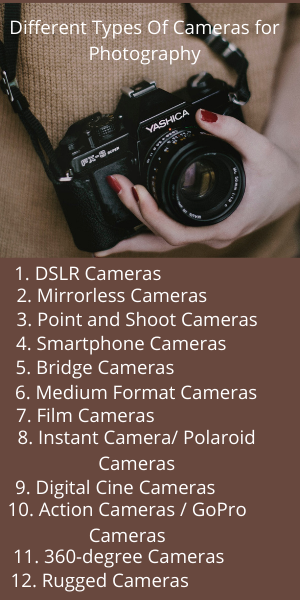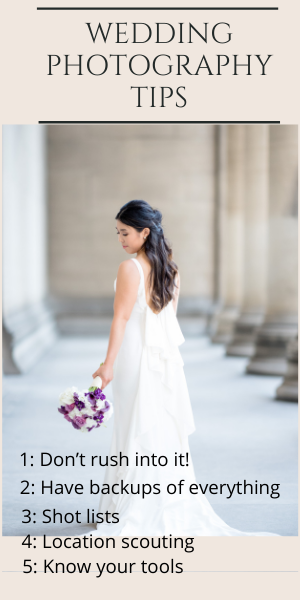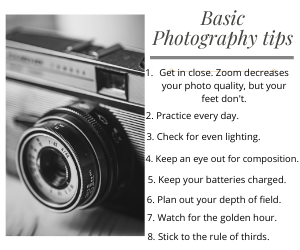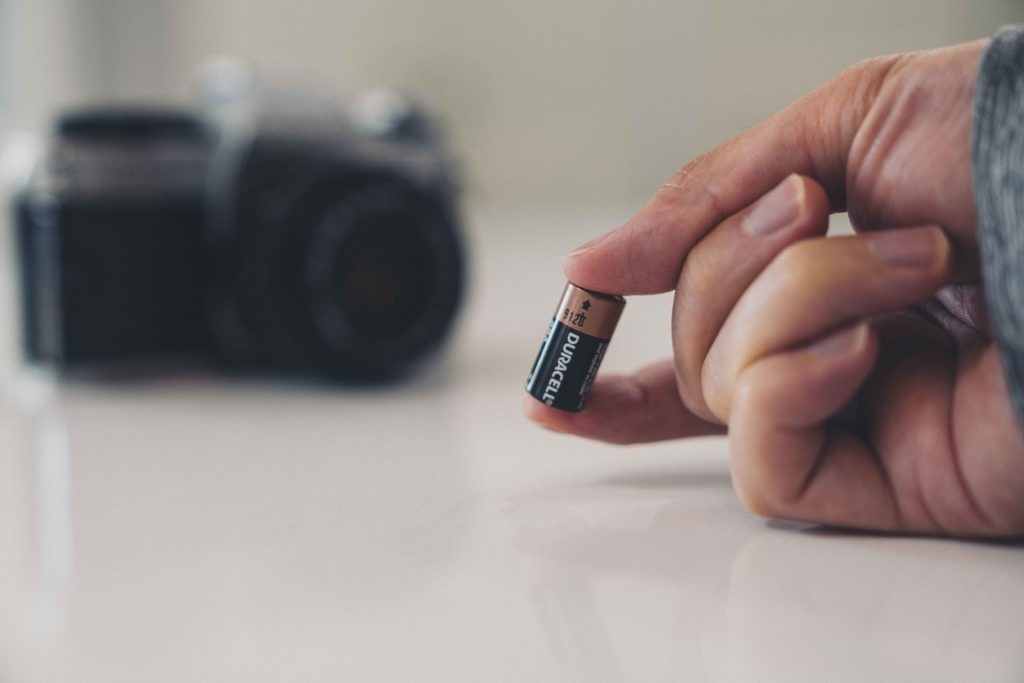
How to Extend the Life of Your Canon AE 1 Battery
As a Canon AE-1 owner, I know how frustrating it can be when you pull out your vintage beauty, frame the perfect shot, gently press the shutter button down…and nothing happens. Drained battery. It sucks, I’ve been there too. But with a few handy tips, you can squeeze every last drop of power out of those batteries to avoid missing moments waiting for new ones to arrive in the mail. So get comfy and grab a fresh cup of joe, as I’m serving up a flavorful blend of battery life-extending tips and tricks alongside some Canon AE 1 battery appreciation!
The Thirsty Beast Within
First, let’s pour one out for the engineering marvel that is this camera. The AE-1 set the photography world ablaze when it hit shelves back in 1976 as one of the first popular models with shutter priority auto-exposure. This was space-age sorcery allowing amateurs to focus on composition while the camera selected the aperture!
But that magic comes at a cost, being powered by 4 LR44 button cell batteries. They’re an uncommon size these days, expensive, and don’t last nearly as long as we’d like in such a power-hungry camera. I’ve found myself stranded mid-photo walk with a suddenly non-responsive AE-1 too many times. So let’s mix up a potion to revive and extend the life force of these batteries!
The Quick Fix – Changing Batteries
The most obvious solution is simply swapping batteries frequently. But even the highest quality cells rarely last beyond 36 rolls before a recharge is needed. At around $1 per shot, that adds up fast!
I buy batteries in bulk packages which brings the price down. My go-to is the Renata 357 button cells. Made in Switzerland, they’re pricey but JK Simmons would approve. “No leaks, only peaks” in performance.
When loading a fresh set, inspect for any corrosion or material build-up on the terminals before inserting to maintain conductivity. Q-tips and isopropyl alcohol make a good cleaning combo. Carefully wipe any grime away, let dry, and pop those babies in!
Mirror Lock Up for Fewer Blackouts
The AE-1’s thirstiest function is the mirror flipping up prior to an exposure. This large mechanical component zaps Canon AE 1 battery life more aggressively than pretty much any other camera task. So naturally, cutting down on mirror flips will extend the time between changes.
Mirror lock-up is typically used to reduce vibration but it also saves juice if you remember to activate it. Just flip the left switch up, compose & focus, press the shutter release, and let the mirror pop up, then fully depress it to take the shot.
It takes some getting used to but gives around 15% more battery life than keeping the mirror active before each pic. Set yourself a reminder if needed! Maybe a Post-It note that says “LOCK THAT MIRROR UP, CHUMP!” slapped on the viewfinder. Hey, whatever it takes!
Ease Off the Shutter Button!
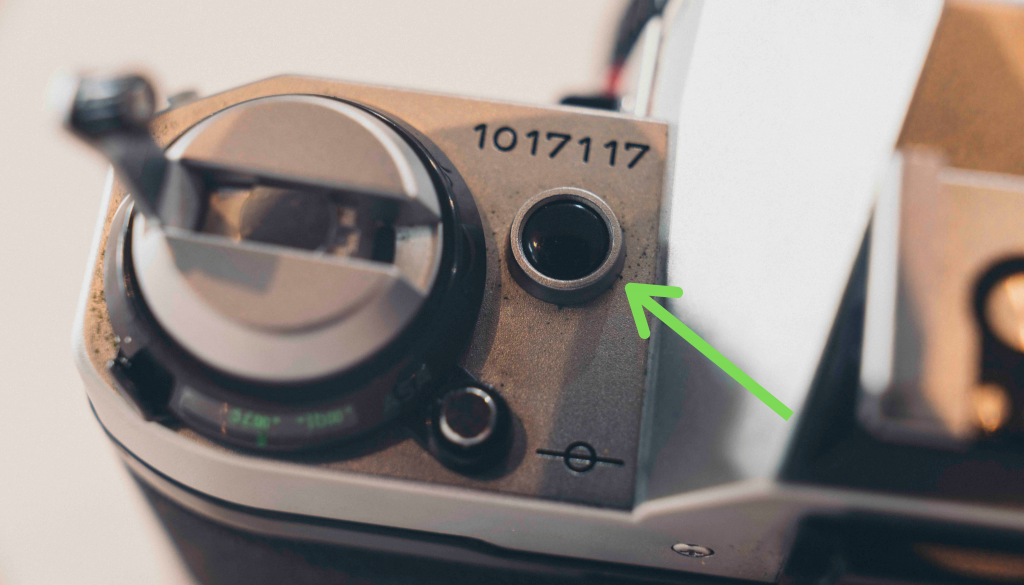
While the habit can aid in getting the shot, pressing the shutter button down halfway between every shot to prep auto-exposure & focus unnecessarily cycles the camera systems. The less this happens, the better for Canon AE 1 battery conservation.
Make it a goal to keep your fingers off the button until you’ve chosen the picture to take. Half-press sparingly and pausing between bursts also grants batteries some relief. Consider relegating button-holding duties to your less dexterous hand to avoid absentmindedly hitting it!
Cleaning Contacts Boosts Battery Performance
A common culprit accelerating battery death is plain ol’ dirt and grime on battery terminals or the camera itself. This can impede the transfer of that sweet, sweet electrical flow.
Every few rolls, rub a pencil eraser or isopropyl-soaked Q-tip on the EF contacts where batteries connect inside the film door. While you’re in there, wipe off the batteries themselves too. This debris removal method should be performed regularly for optimal voltage transfer!
Play Hard to Get with Light Meters
The AE-1’s internal light meters are convenient for producing balanced exposures without needing an external handheld one. But allowing them always to remain active cuts down battery longevity over time.
Get into the habit of flicking the meter off immediately after assessing a scene’s lighting. Hold the small recessed button by the viewfinder and voila – meter deactivated! Then switch it back on only sparingly whenever re-metering is needed after moving positions. Rationing those light readings squeezes 5-10% more life out of each battery set. Frugal photography!)
Sun’s Out, Batteries Out!
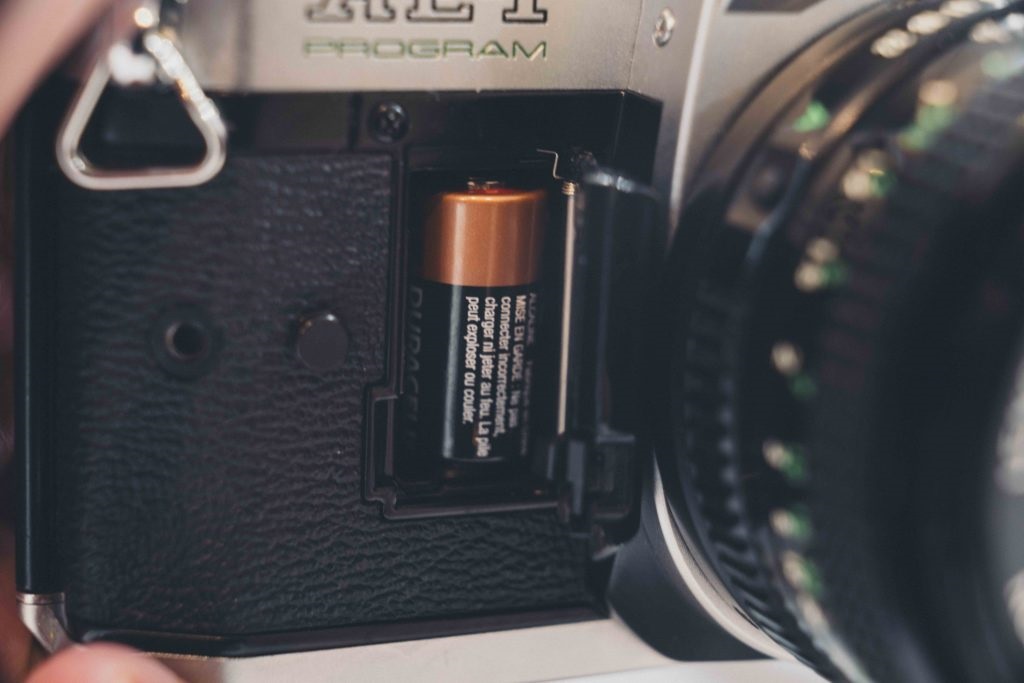
Want a way to double your batteries’ lifespan while giving your AE-1 a break between shoots? Simple – take ‘em out when not using the camera!
Leaving batteries seated in the film door during storage has them slowly but surely discharging. While minute, this cumulative vampiric effect adds up substantially over weeks and months.
Instead, pop ‘em out after finishing a roll and stash somewhere cool like the crisper drawer until the next film loading day. This chilled rest stop nearly eliminates passive drain allowing batteries to start your next shoot closer to fully charged. Welcome back old friend, we missed you!
Getting Spicy with Battery Optimization!
Alright, time to transform into Canon AE 1 battery life alchemists and turn some photographic lead into gold! The following methods may require accessories and techniques slightly beyond beginner territory. So seasoned photogs and brave souls only as we venture deeper down the analog rabbit hole…
Reducing Shutterspeeds = Less Power Pulled
Ever notice how 1/60th sec feels “normal” for general handheld shots without much blurring? That’s because it nicely syncs with the average human’s ability to hold a camera steady. Well guess what – it’s also the threshold where battery drain spikes due to the shutter mechanism’s physical demands!
My workaround is simply dialing in slightly faster shutters whenever light allows, even only up to 1/125th sec. This lessens the duration the AE-1 needs to sustain making each frame marginally less strenuous. Small savings that add up substantially over hundreds of shots before it’s thirst kicks in again!
Manual Mode Maximizes Shot-Per-Drain Ratio
Leveraging this camera’s stellar manual control capabilities can likewise conserve battery life compared to frequently relying on aperture priority auto-exposure.
I often shoot landscapes at narrower apertures for wider depth of field. So rather than having the light meter continually activating to adjust shutter speeds in the changing outdoor light, I’ll just pick one that works and stick with it a while in manual mode!
Bonus tip: Sunny 16 rule of f/16 shutter speed aligning with ISO for consistent exposure! Saved ya some meter readings 😉 Conserve those electrons baby!
Adding a Motor Drive Worsens Battery Drain
One accessory I don’t recommend for bolstering battery endurance is adding a Canon MA motor drive. Don’t get me wrong – they’re super cool devices allowing 3 frames per second continuous shooting! But that speed comes from an even greater power draw with 4 C batteries hot swapping the AE-1’s juice source each frame.
While the MA has its benefits, most AE-1 owners are better served avoiding motor drives to prevent excess battery fatigue. Just stick to pumping that shutter button manually if you wanna squeeze maximum life out of each battery set!
Gettin’ Crafty With External Power Sources
Alright, last section before we click our final frame here! Diehard battery hoarders can enable the AE-1 to sip power from alternate sources using simple electrical rigging. Let me emphasize triple-check polarity and voltage to not fry camera circuits before attempting though…
Hardwiring a Modern Battery Removes Replacements
An extreme way to ditch the 4x 357 routine is wiring in a single rechargeable lithium camera battery with an adapter cable. Popular choices are LP-E6 and NP-F series packs offering extended capacity without ever opening the film door again!
I’ve heard of people embedding these battery bricks in custom 3D printed or wood camera grips for an all-in-one modernized power supply. The downside is losing portability compared to slip-in cells. But hey, think of all the money saved over 20 years that Li-ion battery will last!
Boosting Voltage With Battery Grips
For lighter-weight setups still bypassing LR44s, try hooking up an external “battery grip” designed for certain Canon SLR models. They lock into the tripod socket and connect pins on the base to feed 6v from 4xAA cells into just the AE-1’s meter and electronics.
This leaves the internal 357s solely powering the shutter and mirror movement, greatly reducing draws. My buddy gets nearly 1 year per cheap AA set doing this! Just be careful only using compatible grips providing correct voltages to not overload the circuit board. But it’s a great combo for longevity!
AC Adapters Enable Unlimited Shooting
Finally, connecting the AE-1 to AC wall power lets you fire off as many exposures as your heart desires without a single battery in sight!
You just need a couple of pieces: household AC to 4.5v DC adapter, then a dummy battery with the same shape as 357s to transfer that sweet electron flow from an outlet into the camera itself. It feels almost like hacking the laws of physics!
Obviously, the trade-off is this tethers you to a power outlet rather quickly nullifying the AE-1’s portable form factor most love. So, it’s not realistic for street shooting but amazing for test bench experimentation!
The Moment of Truth: Maximum Battery Life Achieved!
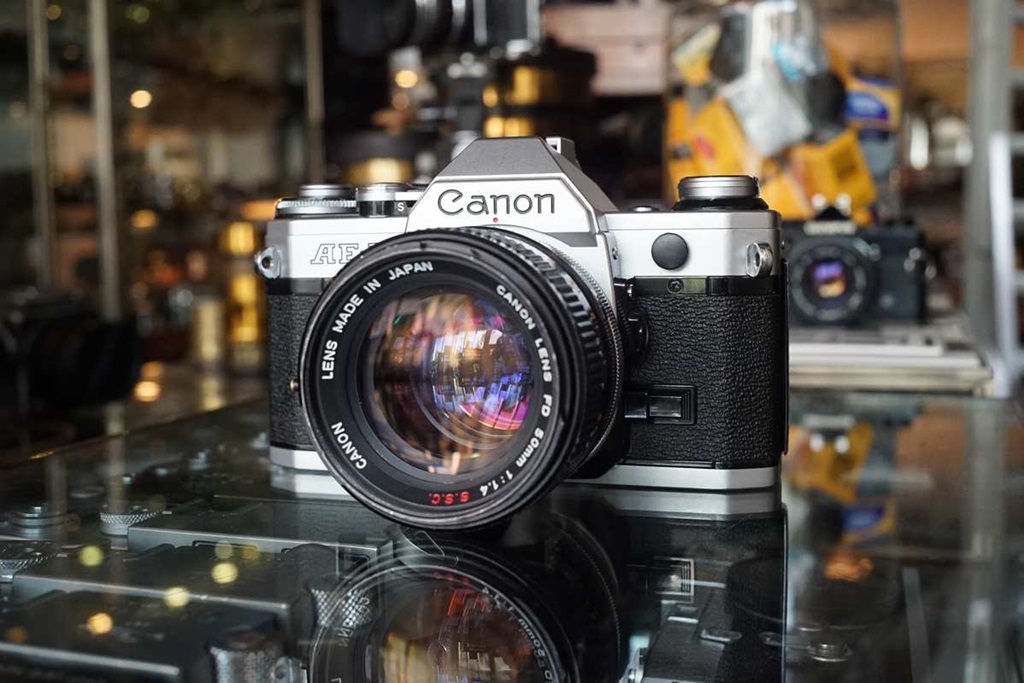
And cut – that’s a wrap! By mastering these Canon AE-1 battery-saving techniques you’ll be prepared to capture countless frames without missing moments to dead batteries again. Sure they require some attentive effort but isn’t preserving your camera’s soul worth it?!
I hope sharing my own hard-learned battery wisdom over the years helps less experienced AE-1 shooters similarly enjoy this phenomenal system for decades to come. May your light seals be tight, RF mount ever accurate, and batteries death-defyingly long-lived!
Now enough jibber jabber…time to reload some Tri-X and see what stories unfold under these rejuvenated Canon AE 1 battery sets! Here’s to a long-live film.
Conclusion
Maximizing Canon AE-1 battery life requires care, maintenance, and clever operating techniques – but pays dividends in keeping this classic camera going strong for years.
By refreshing cell contacts, reducing mirror flips, easing off the shutter button, and strategic power source tweaks you’ll be free to photograph without costly battery anxiety or missing fleeting moments ever again.
Use these tips to your advantage and there’s no limit to the memorable images you’ll capture with your vintage AE-1 system. Just mind your meters, lock those mirrors, and keep on clicking! What memories will you preserve next? The choice is yours, my friend.
FAQs
Question: What type of batteries does the Canon AE-1 use?
Answer: The Canon AE-1 uses four 357/LR44 button cell batteries to power the camera. These are inexpensive but provide less capacity than other battery options.
Question: How many rolls of film can I expect per set of batteries?
Answer: Most photographers get 30-36 rolls max per fresh set of high-quality 357 batteries before performance drops noticeably. Lower capacity cells may only last 15-20 rolls before needing to be swapped out.
Question: Will leaving batteries in the camera drain them faster?
Answer: Yes, batteries left sitting in the AE-1 will slowly discharge – even if you don’t use it. Get in the habit of storing cells separately from the camera to conserve this passive energy burn when not shooting regularly.
Question: Can I use an external battery pack to power my AE-1 longer?
Answer: It is possible to connect alternate battery sources like rechargeable lithium packs or external AA grips. However doing so requires DIY electrical know-how and custom rigs to supply the correct input voltage. Use caution if attempting.
Question: Is there a battery saving benefit to using manual exposure mode?
Answer: Absolutely! By controlling exposure settings yourself instead of relying on the meter, you drain less automatic activation of the light sensors and associated circuits in aperture priority auto mode. Every bit counts!

